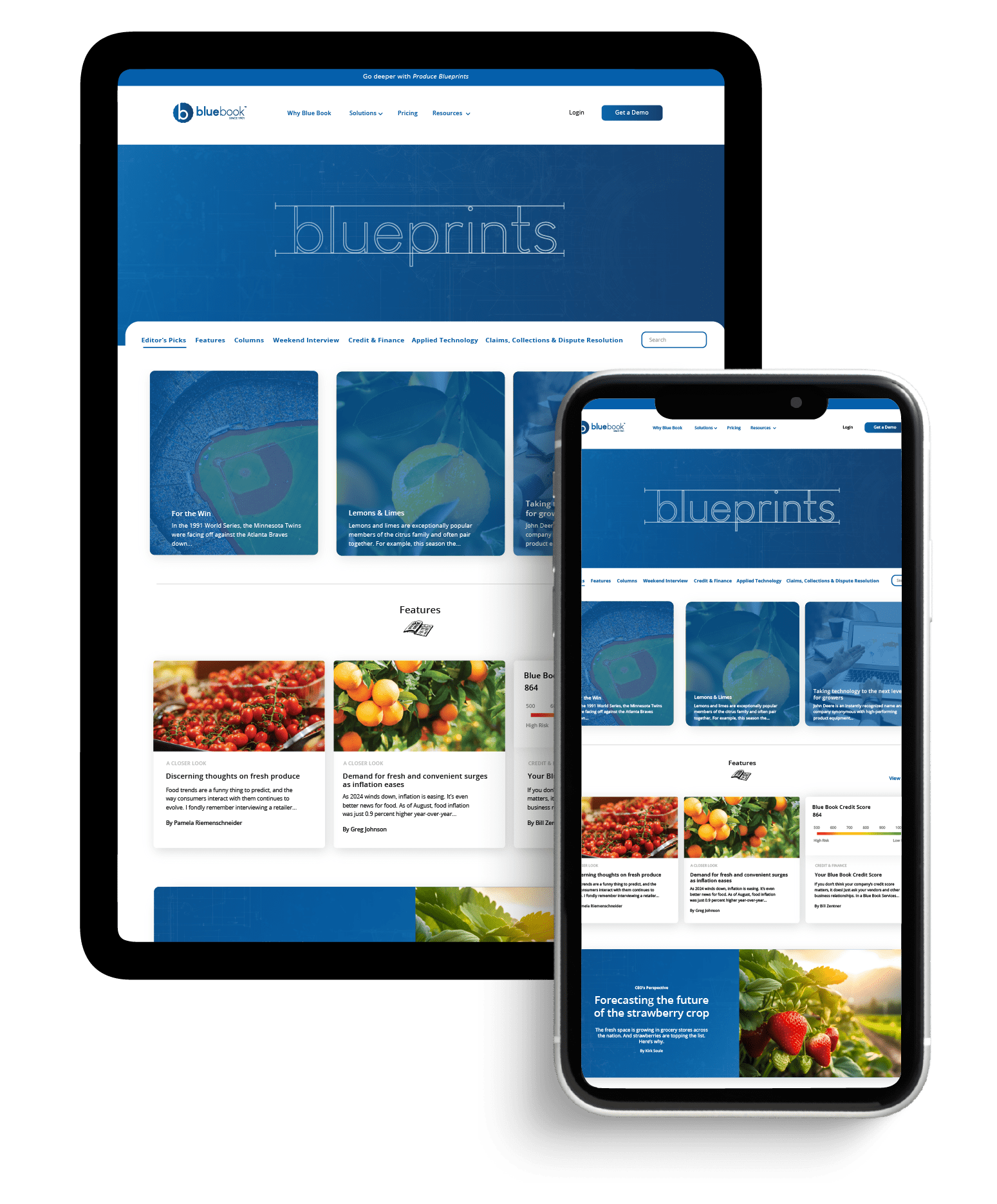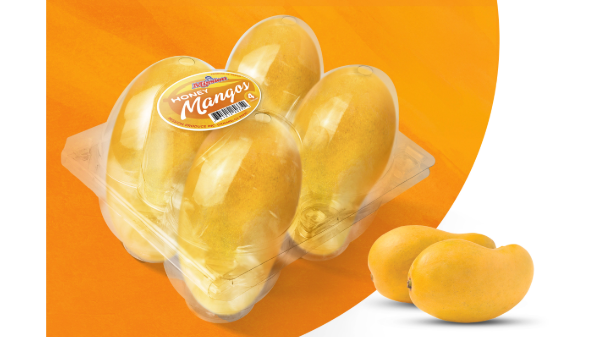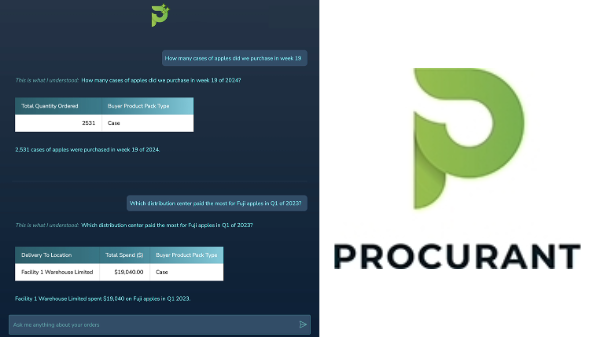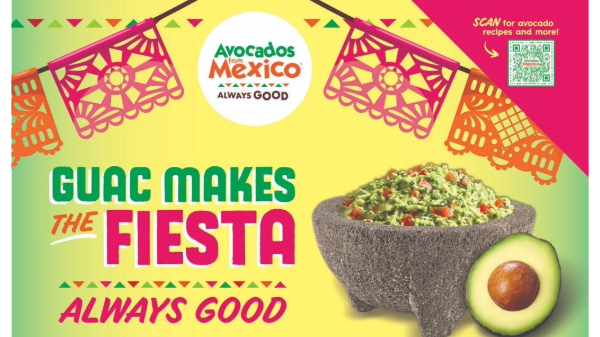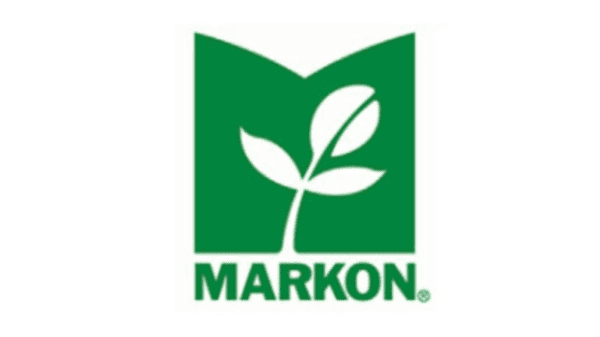Welcome to Blue Book!
Are you ready to join the thousands of companies who rely on Blue Book to drive smarter decisions? View our plans and get started today!
Still have questions? We’d love to show you what Blue Book can do for you. Drop us a line– we’ve been waiting for you.
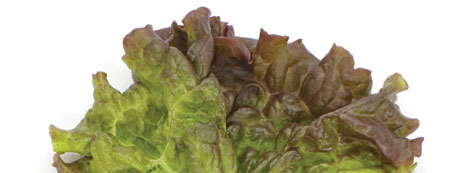
Sustainability: ask Google for a definition and you will receive over 17 million results. The term “sustainability” is trendy in the fresh produce industry, yet how it is interpreted and applied can be as multifaceted as Google’s search results. Daniel P. Smith, writing for QSR magazine has a good grasp: “Sustainability has transformed itself into a term more encompassing, more dynamic, and more complex than most could have ever imagined… It applies to responsible decision-making throughout an organization and places principles and profits side by side.”
Kathy Means, vice president of government relations and public affairs at the Produce Marketing Association (PMA), calls sustainability “a complex issue.” In the broadest sense, she notes, “it is about making sure that things can continue.”
These “things” can be boiled down into three general categories, adds Hank Giclas, senior vice president with Western Growers Association, Irvine, CA, and one of the architects of the Stewardship Index for Specialty Crops. “We often talk about the three-legged stool,” he says, “people, planet, and profit.” The fresh fruit and vegetable supply chain abounds with examples of initiatives that demonstrate a firm commitment to these tenets; read on to learn about a few of these working examples.
Sustainable Growing Practices
Sustainable growing practices can be defined as those that nurture and preserve natural resources such as soil, water, air, and wildlife. Getting to specifics is where the definition is anything but clear cut.
“Sustainability is a bit of a fuzzy target for some people,” says Ray Gilmer, vice president of issues management and communication for United Fresh Produce Association. “It can mean different things to different people, depending on what their experience has been. We like to define sustainability in a very broad, holistic sense,” he explains. “It is a combination of everything you can do to make your operation as a grower more sustainable from an environmental standpoint, as well as an economic viability standpoint.”
Examples of sustainable growing initiatives run the gamut from crop rotation and IPM (integrated pest management) to water conservation, soil management, and targeted nutrient application efforts.
Kim Flores, marketing manager with Seald Sweet International in Vero Beach, FL shares examples from two of the company’s growers, Hunt Bros. and Ben Hill Griffin, Inc. Cooperative, both fourth-generation growers. These operations use recycled wastewater to irrigate groves, tensiometers to determine when irrigation is needed, and micro jets to reduce the amount of water used. Daily rainfall and water use in the irrigation system are also measured and recorded.
The operations have also taken measures to reduce chemical usage, such as calibrated sprayers to minimize crop over-spray and low-volume spray equipment, which require fewer chemicals to be effective. The obvious benefits of sustainable growing strategies like these are less water and fertilizer, pesticide, or herbicide use, all of which represent a win-win for the environment and significant cost savings to growers.
Implementing sustainable growing practices, however, is not a one-size-fits-all approach, says Means. Sometimes it takes trial and error to find the right balance between inputs (pesticide, herbicide or fertilizer application, for example) and yields. Growers also may feel like they are shouldering the brunt of the costs to implement these practices, yet not getting credit for their efforts.


